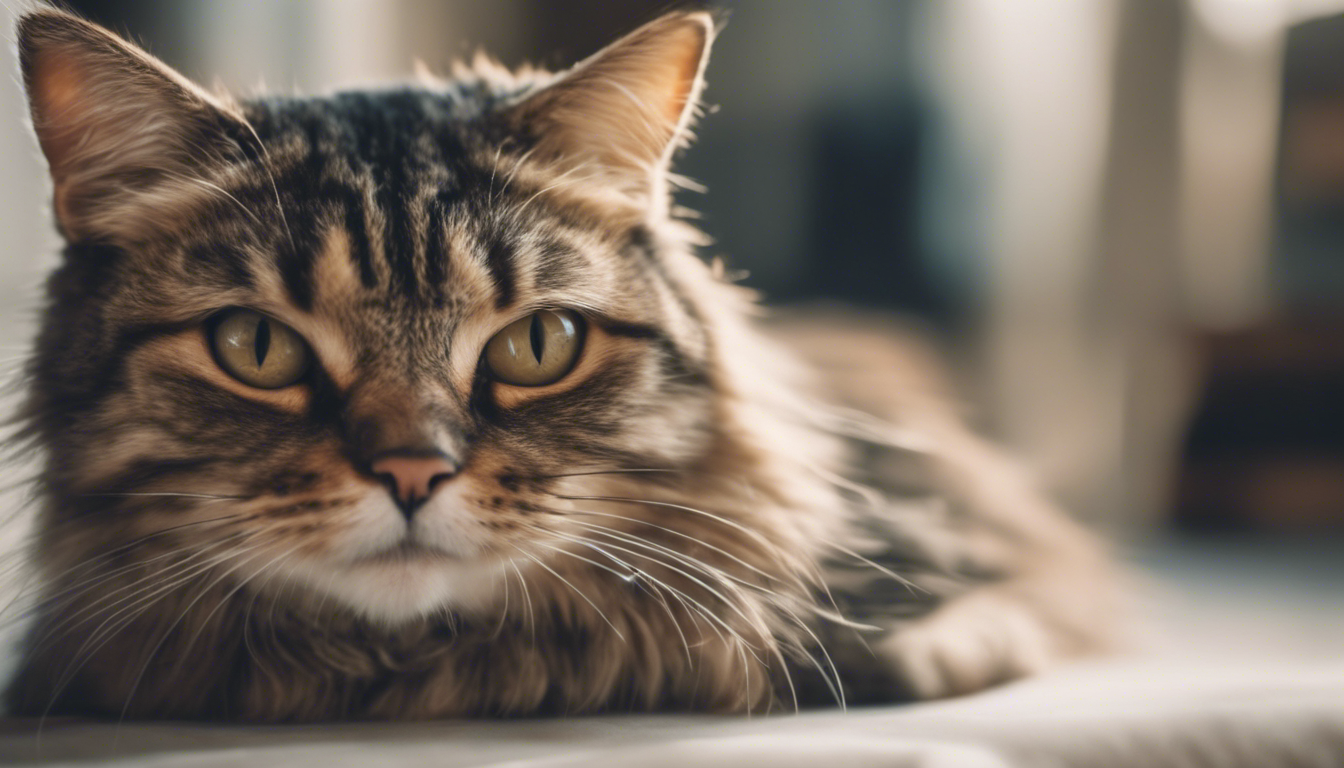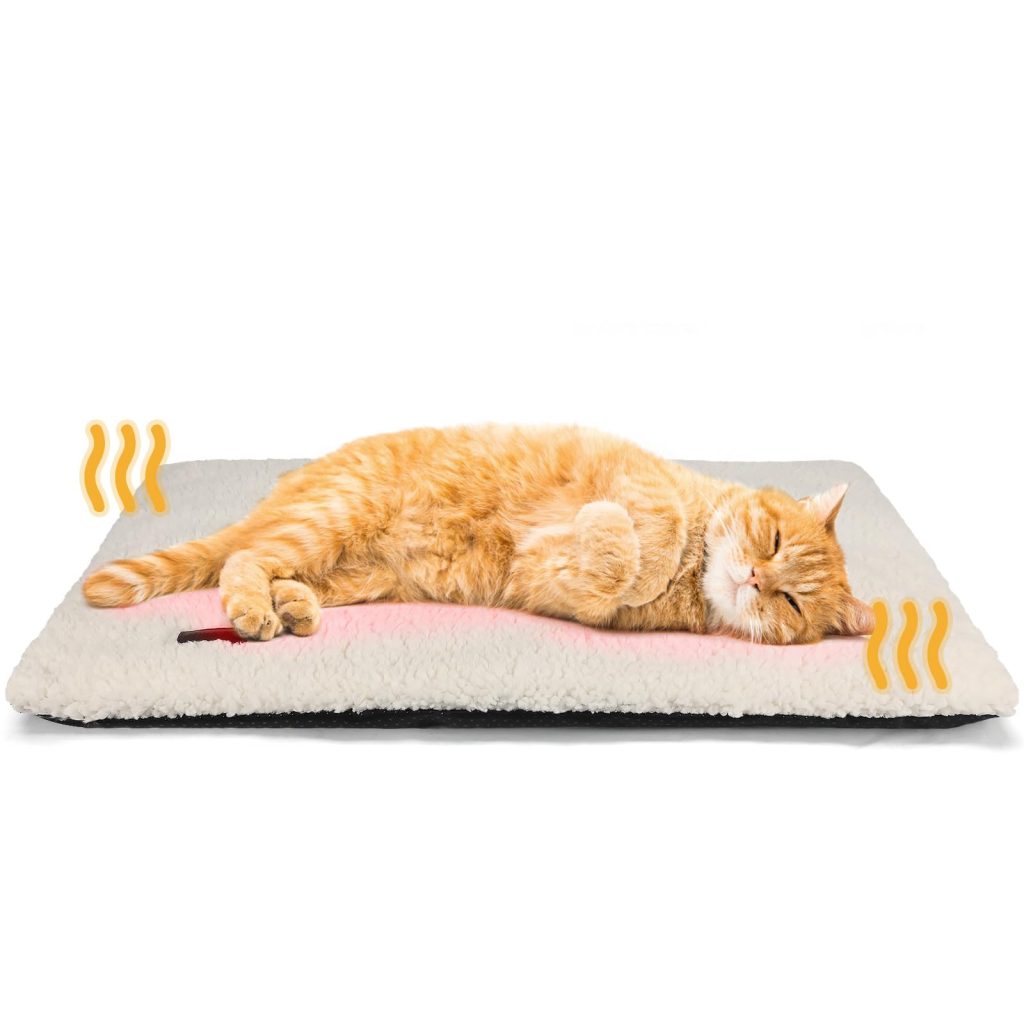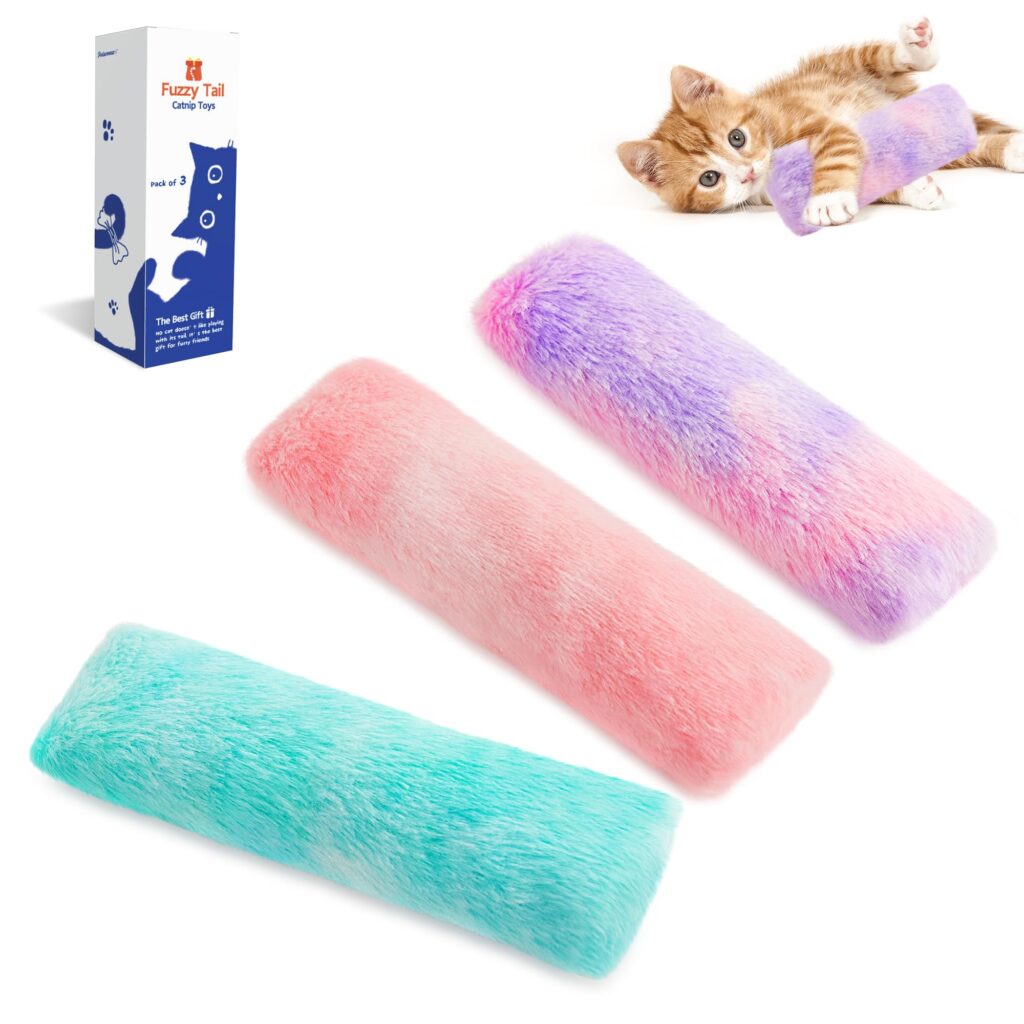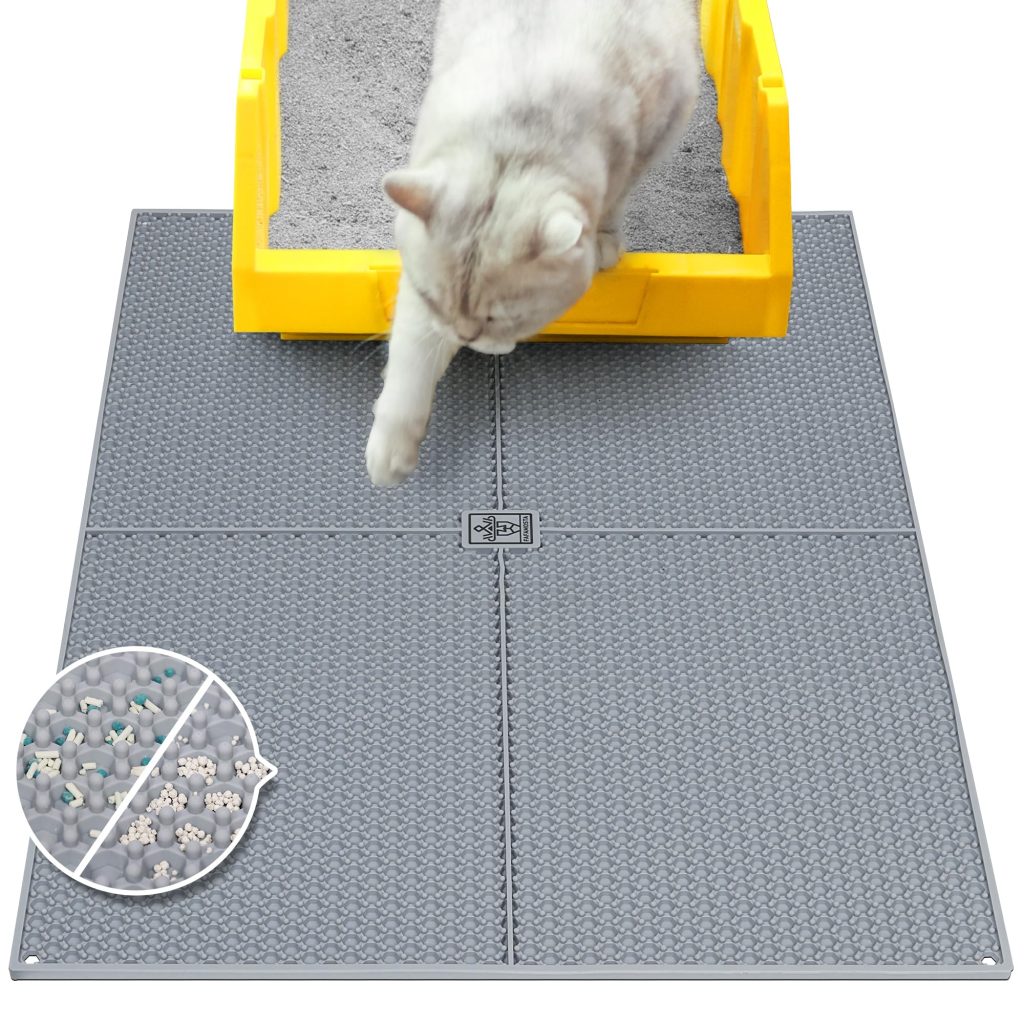
Understanding the Root Causes of Feline Aggression
Cats are complex creatures, full of mystery and grace, but sometimes they can turn into little whirlwinds of claws and teeth. If you’ve ever found yourself on the receiving end of a feline frenzy, you know it can be both startling and distressing. The good news is that our purring pals aren’t aggressive without reason, and figuring out the why can help us better share a peaceful home.
First off, let’s remember that aggression is a natural part of cat behavior, deeply rooted in their survival instincts. Cats are predators at heart, and they come with an innate hunting prowess. Sometimes, what looks like aggression is just Fluffy practicing her ancestral skills on your unsuspecting ankles.
Other times, a cat might scratch or bite because they’re scared or in pain. Picture this: you accidentally step on their tail — ouch! That’s likely to earn you a quick swat as your cat tells you, in no uncertain terms, that they’re hurting. It is not about revenge; it’s about communication.
There’s also the territory card. Cats can be really possessive about their home turf, and if something (or someone) new intrudes on their space, hissing and spitting can become their way of saying, “Back off, that’s my lunchbox.” And while we’re on the subject of intrusion, competition among cats can stir up quite the kerfuffle. Cats living in multi-cat households might sometimes decide to throw down the gauntlet over resources like food bowls and litter trays.
Here’s where it gets interesting: subtle messages signal imminent aggression in ways we humans often miss. Those twitching tails, flattened ears, and dilated pupils? They’re telling tales of a cat getting riled up. Being attuned to your whiskered comrade’s body language can give you a heads-up before things escalate.
Cats communicate differently than we do, and misunderstanding them can lead to a breakdown in the human-cat relationship. So take a moment to ponder; did you respect your cat’s boundaries? Are they maybe signaling that they’ve had enough petting for now?
Finally, let’s sprinkle in a dash of hormones. Unneutered cats have an extra zest for aggression thanks to those reproductive urges driving them to defend their breeding rights. One more reason spaying and neutering not only prevents unplanned litters but can also keep the peace at home.
Discovering the reasons behind a cat’s swipe or snarl is like piecing together a furry puzzle. But rest assured, once you start understanding the root causes of feline aggression, you’ll be well on your way to fostering a more harmonious human-cat bond. And isn’t that what every cat lover wants?
Behavioral Modification Techniques for Cats
If you’ve been scratching your head, trying to understand why your feline friend lashes out, you’re not alone. But fear not, dear cat whisperer, because with a sprinkle of patience and a pinch of know-how, you can become an adept at calming those fuzzy tempers. It’s time we chat about turning hisses into purrs with behavioral modification techniques tailor-made for your cat.
Consider of your kitty as an adorable bundle of habits, just waiting to be shaped. The trick lies in rewarding the good and redirecting the bad. Let’s say Mr. Whiskers gets a wee bit too enthusiastic with his claws during playtime. Freeze the game right there! Cats are clever little beans; they’ll soon associate their over-the-top antics with the sudden end of fun. Replace your hand with a toy next time, something they can sink those claws into without turning you into a pincushion.
Now onto something all cats crave: consistency. Whether it’s feeding times or play sessions, stick to a routine. This structure is like a cozy blanket for your cat’s psyche, reducing anxiety and the unruly behavior that comes with it.
Consistency is key — a predictable routine makes a serene feline! And remember, never punish — guide and reward instead!
A little more under our belts: clicker training. Yes, your independent-minded tabby can indeed respond to clicker training! Pair a click with a treat, and soon enough they’ll understand that the magical clicking sound is the overture to snack time. This technique can be used to encourage calm behavior or even teach fun tricks that provide mental stimulation and strengthen your bond.
Lastly, remember that touching on our feline friends’ social needs is important. Cats aren’t solitary creatures; they’re social but on their own terms. A distressed meow can be a plea for attention, while a swish of tail might mean “give me space.” Pay attention to their cues, and you’ll find the sweet spot between clinginess and neglect.
In short, molding Mr. Whiskers to be less Mike Tyson and more Buddha is all about understanding, patience, and a dash of feline finesse. Incorporate these strategies into your daily cat capers, and watch as the bond with your furry sidekick blossoms into something even more special. And if you are ever in doubt, chew on this tidbit: approach them with love and respect, and they’ll usually return the favor…minus the nibbles.
Environmental Enrichment Solutions for Agitated Felines
Every cat is a little universe, with quirks and needs as unique as the swirls on their fur. But what if that universe gets a little agitated? Not to worry, there are plenty of environmental tweaks we can set up to bring the thrill of the safari into our living rooms, giving our feline friends the royal treatment they so rightfully deserve.
First and foremost, we must chat about the magnificent world of cat trees. These aren’t just towers of carpeted joy for your cats; they’re a important part of a cat’s environment, satisfying the need for vertical space. So, the higher, the better — after all, the lords and ladies of the house must survey their kingdom from the loftiest heights!
- Let’s remember, cats adore having options—so offering them various levels and hidey-holes on a cat tree can do wonders for their mood.
It’s not just about going up; it is also about digging in. Scratching posts are like a day at the spa for cats—they get to stretch, swipe, and keep those claws in tip-top shape.
And when it comes to alleviating boredom, consider puzzles! Puzzle feeders are fantastic for those brains ticking. Cats naturally enjoy the hunt for their dinner, so why not turn mealtime into a brain game? Watch them poke, prod, and sometimes look at you with utter confusion before they have that “aha!” moment.
“Turn mealtime into playtime with puzzle feeders that provide mental stimulation and fulfill those predatory instincts.”
Moving on to playtime, diversity is your best pal. Cats can get bored with the same-old feathery stick (albeit with all due respect to the classic feather-on-a-stick). Keep a treasure chest of toys and rotate them regularly. Throw in some crinkly balls, laser pointers, or motorized mice—mix it up and keep it exciting!
It’s not all about cat gadgets; sometimes it’s about serenity. A serene spot by the window where they can gaze upon birds and bask in sunlight? Yes, please. In every cat’s dream house, there’s a chaise lounge by a sunny window.
Lastly, play explorer with your kitty. Cats love discovering new nooks and crannies. Safely secure your balcony or build them an outdoor catio, making sure it’s escape-proof! Or even simpler, rotate which rooms they have access to from time to time for an easy change of scenery.
A happy cat is a playful cat, and a playful cat is a peaceful cat. So enrich their world with diversity, stimulation, and a dash of the great outdoors. Doing so not only helps prevent those aggressive outbursts but also deepens the understanding and affection between you two.
Your furry overlord will thank you—perhaps not with words or even meows, but with gently purring evening cuddles (and significantly fewer attempts at world domination).
Professional Interventions and When to Seek Help
But what happens when you’ve tried all you can, and those velvet paws still turn into tiny weapons of mass destruction? In such cases, don’t hesitate to phone a friend — the professional kind. There’s no shame in raising your hand and saying, “Help, my cat’s on the fritz and I’m out of ideas!” It’s time we talk about seeking the counsel of those with a wealth of experience taming the untamable — enter the cat behaviorist.
These are the folks who’ve seen it all, from the midnight zoomies to the couch-shredding chronicles. They come into your home, or sometimes you’ll chat remotely, and they look at life through your cat’s mysterious golden eyes. They’ll listen to your tales of woe, nod wisely, and then give you some insight into what might be setting off your cat’s inner tiger. They’ll put on their detective hats and help pinpoint triggers in your environment that you might’ve missed.
Think it a form of couples therapy for you and your kitty, ironing out those kinks in your relationship. Sometimes a fresh set of expert eyes can make a world of difference. Behaviorists offer tailored strategies that fit both your lifestyle and your specific feline friend. They’re like cat whisperers, speaking a language that goes beyond meows and hisses.
Remember, every cat has a story and sometimes it takes a pro to help tell it!
If you suspect medical issues might be part of the problem — don’t ignore that gut feeling. A trip to the vet is in order. Nobody likes a toothache or a rumbly tummy, and cats are no exception. A thorough check-up can rule out pain or illness that could be causing those grumpy outbursts.
When is it time to get help? If your attempts at environmental modifications and behavior techniques have gone south rather than soared. If there’s more hissing than purring happening at home. If you are puzzled after trying every trick in the book — that’s when a friendly call to an animal behaviorist might just be the sanity saver you need.
The end goal is always harmony; a peaceful coexistence where love reigns supreme over claws and teeth. Imagine enjoying your morning coffee without the side of unexpected ankle ambushes. So, reach out when you need to, map out a plan with a professional, and stride confidently back into the fray armed with new insights.
With professional interventions sprinkled with a touch of determination, restoring tranquility to your kitty paradise is well within reach. Your resident feline royalty deserves no less, after all.







